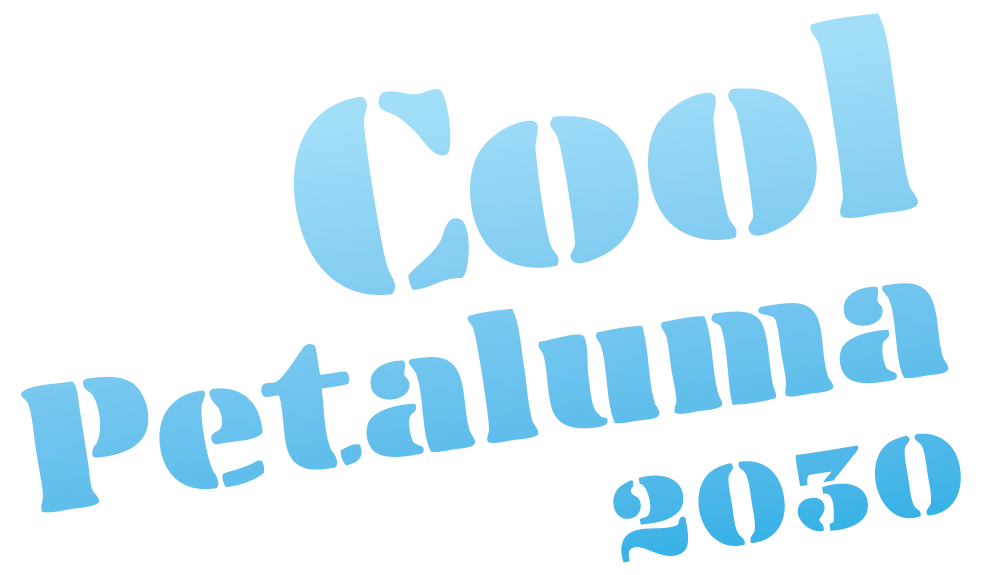Transform Transportation- Get Engaged
Transform Transportation- Get Engaged
Why?
When you are starting a new topic, it's great to find fun, informative, and impactful ways to get engaged.
If you are leading a Team, this is a great place to start when planning your Team Gathering.
Calculate your current travel footprint
Calculating your travel carbon footprint is not super precise, but you can get a ballpark idea of where you stand. Estimate your number of roundtrip flights per year and train trip mileage, as well as annual driving miles – the average is a little more than 1,000 miles per month. Although not directly related to transportation, including the number of nights you stay in hotels when traveling gives you an even more complete picture of your travel carbon footprint.
Sustainable Travel International: Calculate Your Travel Carbon Footprint
Environmental Defense Fund: Traveling? Mitigate your travel carbon footprint.
Map your most frequent destinations
Thinking about the trips you take frequently can help you figure out how to do them more efficiently. If you often drive a few blocks to meet friends downtown, maybe you can walk or bike instead. Or, if you have regular appointments in Marin, for example, you might check out the SMART train as your mode of transportation.
And, whether to fly or to drive – now, that is (often) the question! For shorter distances, driving makes more sense, especially if you’re traveling with others. That’s because during shorter flights a lot of fuel is spent while reaching altitude and descending. But for longer distances, flying actually has a slightly smaller carbon footprint per mile than driving, especially when traveling solo.
Our World in Data: Which form of transport has the smallest carbon footprint?
Watch/read/listen to learn more
VIDEO: Why bike lanes don't make traffic worse | It's Complicated
Wondering how bike lanes and car traffic affect each other? Check out this thoughtful 5-minute video that explains the impact of bike lanes on congestion, pollution, and our health.
VIDEO: How to Build a City Around Bikes, Fast
This brief video tells the story of cycling lanes popping up and bike shops selling out around the world during the coronavirus pandemic. If maintained, a bicycling renaissance could have much bigger repercussions for the health of our cities long into the future.
TEDx Talk: How to Build a Better Block
Have you ever stepped out onto an inhospitable street and wondered what could make it a thriving place for people? If you are curious about what might transform these places, this TEDx talk by Jason Roberts on "How to build a better block" will definitely get you thinking!
MOVIE: Why We Cycle
To the Dutch, cycling is as normal as breathing. Take a ride with ordinary cyclists and specialists in the documentary Why We Cycle, available as Vimeo on Demand. These conversations uncover some obvious – and hidden – effects of cycling on people, societies, and the organization of cities.
MOVIE: Take Bike the Streets
With 19 percent of Gary, Indiana’s population solely dependent on public transportation, biking is more than a recreational activity. Take Bike the Streets follows a group of grassroots activists as they advocate for active transportation for all and implement tangible changes.
MOVIE: The Street Project
In 2010, specialists who pay attention to U.S. road safety statistics picked up on a troubling trend: More and more pedestrians and cyclists were being killed on American roads. In fact, pedestrian deaths have increased 51 percent since reaching their low in 2009. The Street Project is the story about humanity’s relationship to the streets and the global people-powered fight to make communities safer. Watch the documentary and learn more about the project.
MOVIE: Free to Ride
Free To Ride is the story of the relentless spirit of community leaders from across Dayton, Ohio who overcame a suburban contingent fearfully opposed to the expansion of public transit along a commercial corridor and the system of checks and balances that allowed justice and reason to prevail.
Use your voice
VOTE! PLEASE, VOTE!
Tired of year after year of firestorms, atmospheric rivers, heat domes, polar vortexes, and megadroughts? THE MOST IMPORTANT THING YOU CAN DO IS MAKE CLIMATE A TOP VOTING ISSUE!!! Tell your representatives that this is not an acceptable future for our children and grandchildren. Vote like the lives of everyone you love are at risk, because they are.
Write letters
We can't prevent all emergencies. But our local, state, and federal officials can take steps to minimize risks and come to the aid of residents after an emergency. For example, allowing building in floodplains doesn’t make sense for many reasons. Know who your representatives are and don’t be shy about letting them know what you expect from them.
And remember to also lead with gratitude, sending words of encouragement and thanks to representatives who have done good things. This is just as important.
Here is contact information for your government officials:
Assembly Member Damon Connolly
California Senator Alex Padilla
California Senator Dianne Feinstein
Talk to friends & family
Use the things you are doing and learning in this program as conversation starters. Even a little small talk around the water cooler at work might influence someone to follow your lead and do something to prepare for emergencies.
Help others take action
Not everyone has the resources or ability to take key emergency prep steps. Offer a helping hand by gathering supplies, assembling go bags, or sharing contact information, for example. After all, we are stronger together, Sonoma County! We have learned this the hard way, through fires and floods.

